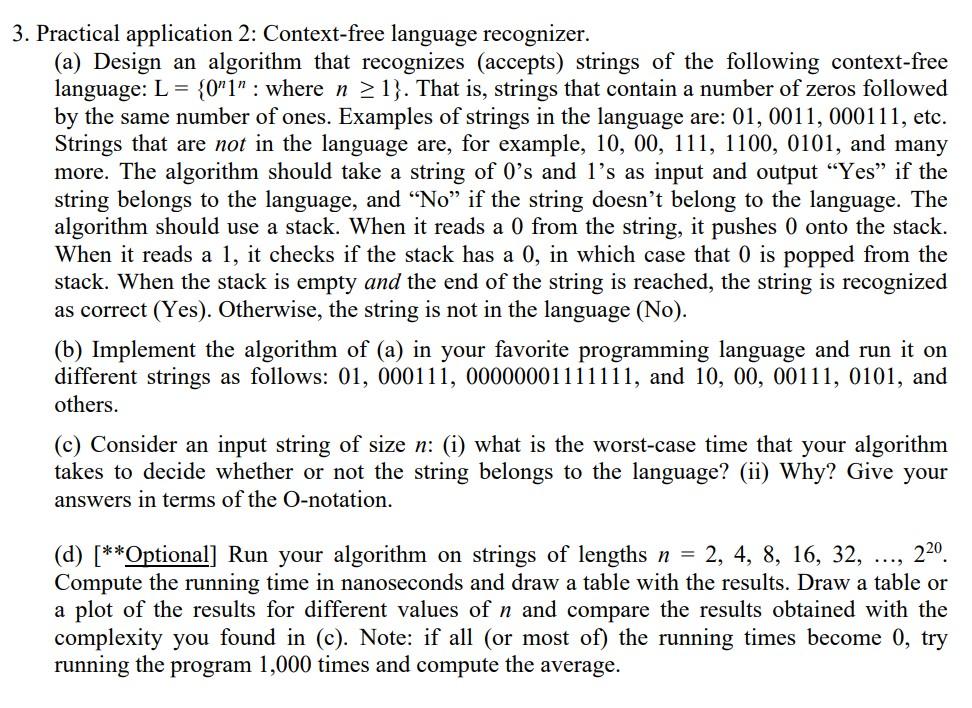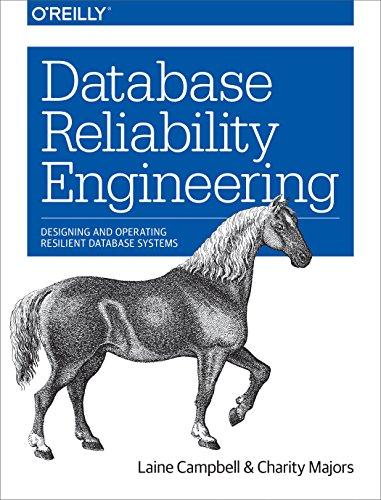Answered step by step
Verified Expert Solution
Question
1 Approved Answer
Please do the following in Java and make sure that the code is running properly. Do not use other codes from other people because they
Please do the following in Java and make sure that the code is running properly. Do not use other codes from other people because they do not work. It should use stack methods such as pop, push, top, size, isEmpty. Please write the algorithm and complexity too. 
Step by Step Solution
There are 3 Steps involved in it
Step: 1

Get Instant Access to Expert-Tailored Solutions
See step-by-step solutions with expert insights and AI powered tools for academic success
Step: 2

Step: 3

Ace Your Homework with AI
Get the answers you need in no time with our AI-driven, step-by-step assistance
Get Started


